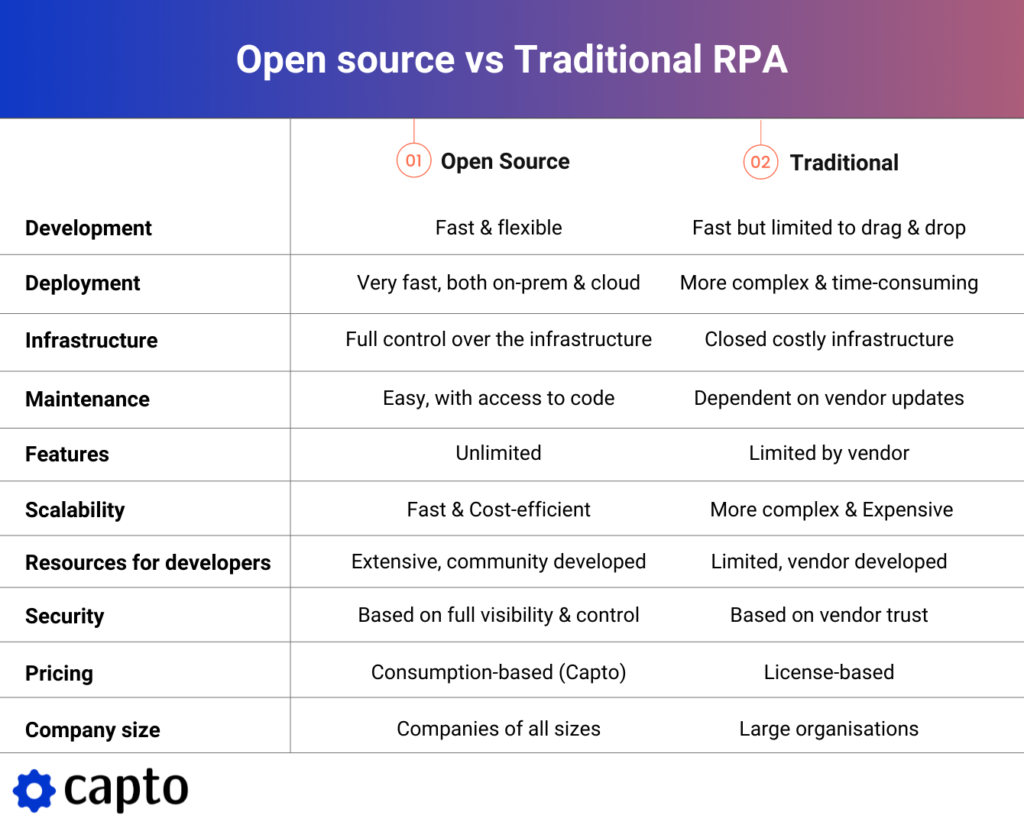Capto volunteers automation robots to support Ukraine aid initiatives
Help us help where automation can speed access to aid
Our reactiveness and our ability as a worldwide society to respond and offer help as quickly as possible to the people of Ukraine have never been more important in modern history.
Like most of Europe, our hearts sunk the moment we heard about the unprovoked and needless invasion into Ukraine. We got shocked, startled, horrified. But as a society, we also got united and are getting stronger and stronger together.
We truly believe that each and every single one of us, both personally and professionally, has a crucial role to play in helping Ukrainians through this sudden nightmare, not only those still at home but also those who’ve now left to call a neighboring country their new home. We believe that when many small and large efforts come together, they truly have the power to impact lives, build roofs above heads, put food back on empty tables, and place a smile on saddened faces. And that is truly incredible!
As a team, we thought quite a lot about how we can help the humanitarian crisis in Ukraine and the initiatives and organisations that are currently being created. As such, we decided that for an undefined period of time, we will volunteer our automation robots in support of non-profit projects that have as their purpose to help Ukraine and its people during this horrifying time. Our goal as a team is to speed up processes that are currently done manually which can be automated to increase the speed of response, availability of information, and access to help.
We feel grateful to have connected with two organisations already but in times of urgency, the world needs an equally urgent reaction, so we want to extend our support to more organisations and initiatives across Europe so that help can be offered and accepted by as many people as possible and as quickly as possible too.
So how exactly can we help?
To help as quickly as possible, we are including below a few examples of the activities our robots can do already. This means that with very limited further development if any, we can get a robot to fuel speed in a matter of hours or just a few days:
- Automate form completion using data from Excel (or another data source)
- Database check & sending of outcome emails
- Enrich and transfer data between databases or systems
- Website page scraping & consolidation into a database
- Download of online documents & send via email
- Auto-Generation of documents
- Automatic sending of emails/ notifications
- Automated download of email attachments & consolidation
The above are just a few examples so please if you are working on a Ukraine aid project and think you could speed up the operations by automating a certain task or process, please do reach out to us to consult and receive one or a few of our robots (completely free).
For a bit more context on the sources where information could come from, please see the list of formats supported below:
- Web platforms
- Email exchange (IMAP)
- Word
- Excel
- Text file
- XML
- API
The above are scenarios we can react to pretty quickly but please note that we can help with many other scenarios, and formats too. It’s just that it’ll take us a few days.
If you are working on a non-profit Ukraine support initiative or you know of a project that would benefit from automation to speed things up and increase access to help, please get in touch with us on helpukraine@wearecapto.com or LinkedIn, or kindly share our details with your relevant contacts.
From our entire team at Capto we wish the people of Ukraine and everyone who has opened their hearts, thoughts, and homes for Ukrainians to keep strong, have faith, and stay united.
All Together We Can!
Capto Team
Capto volunteers automation robots to support Ukraine aid initiatives Read More »












